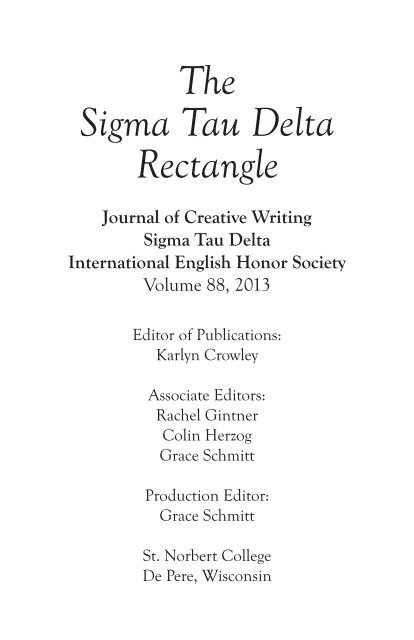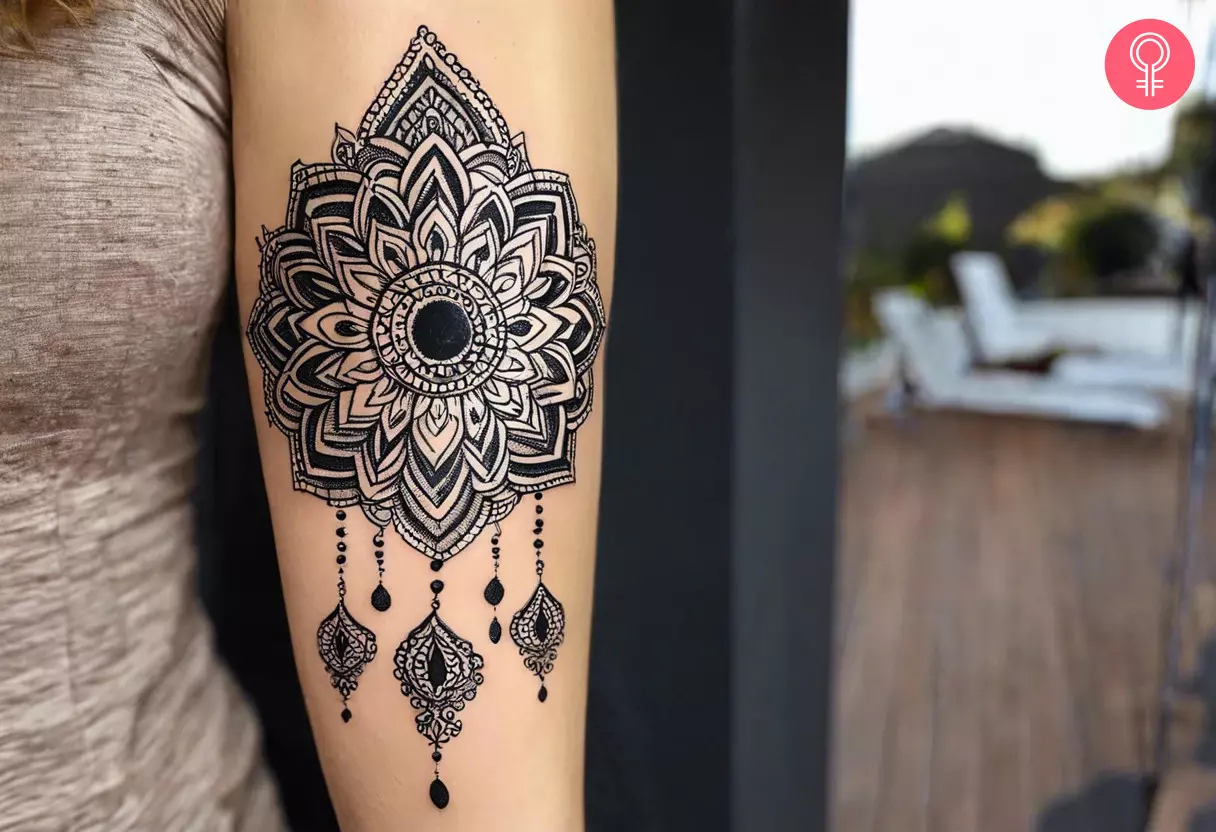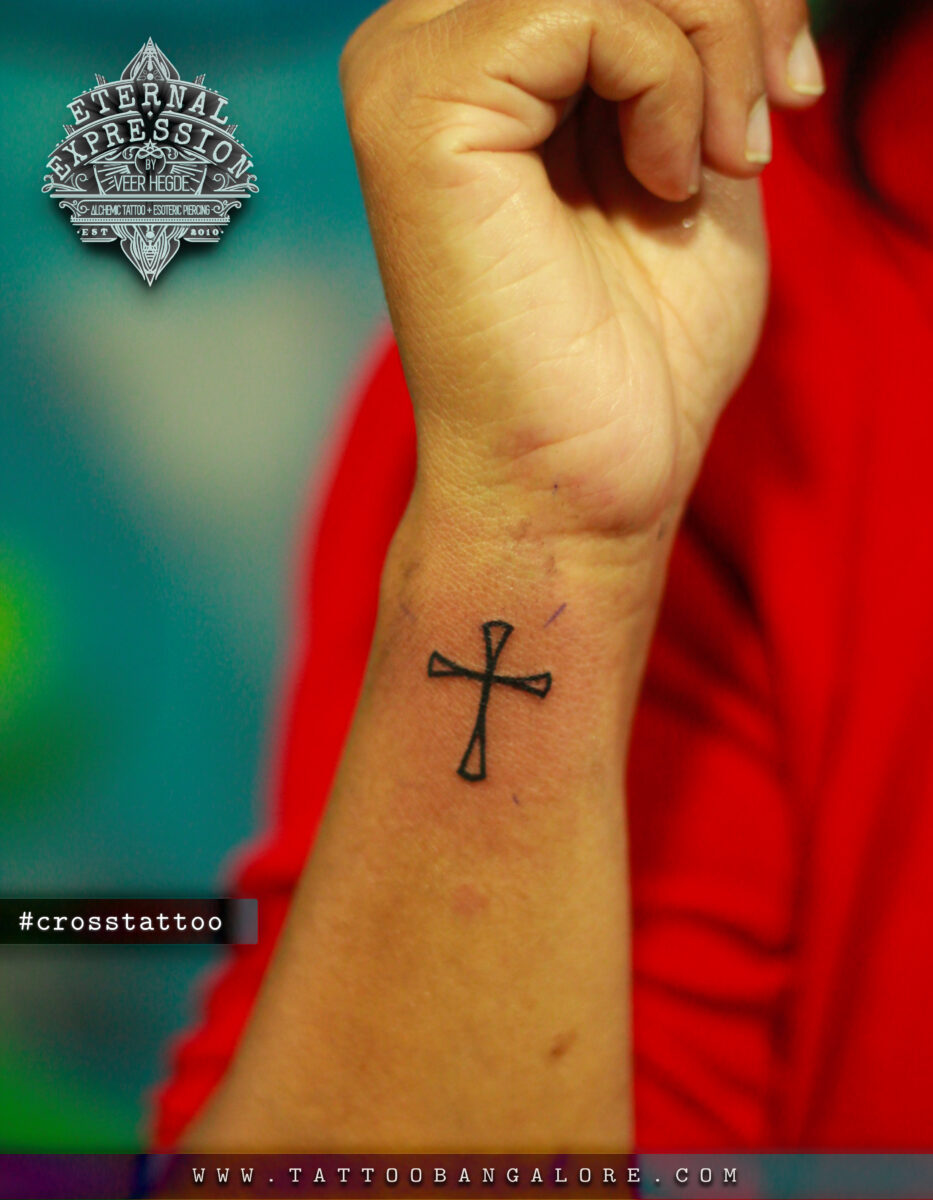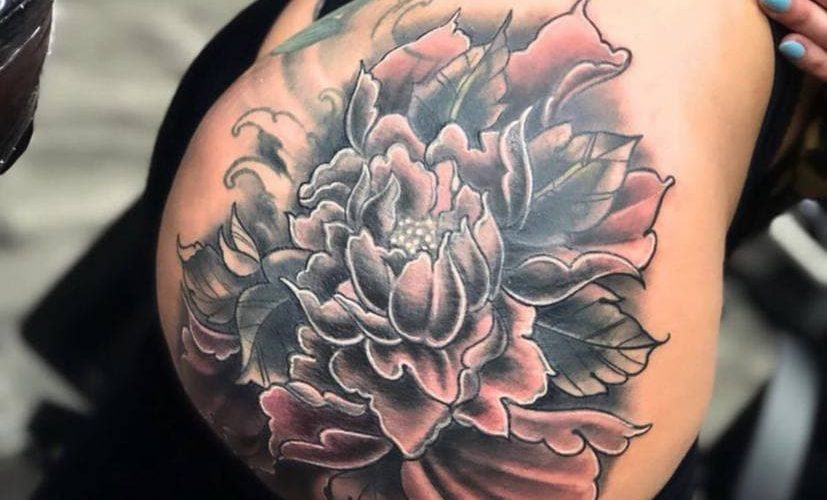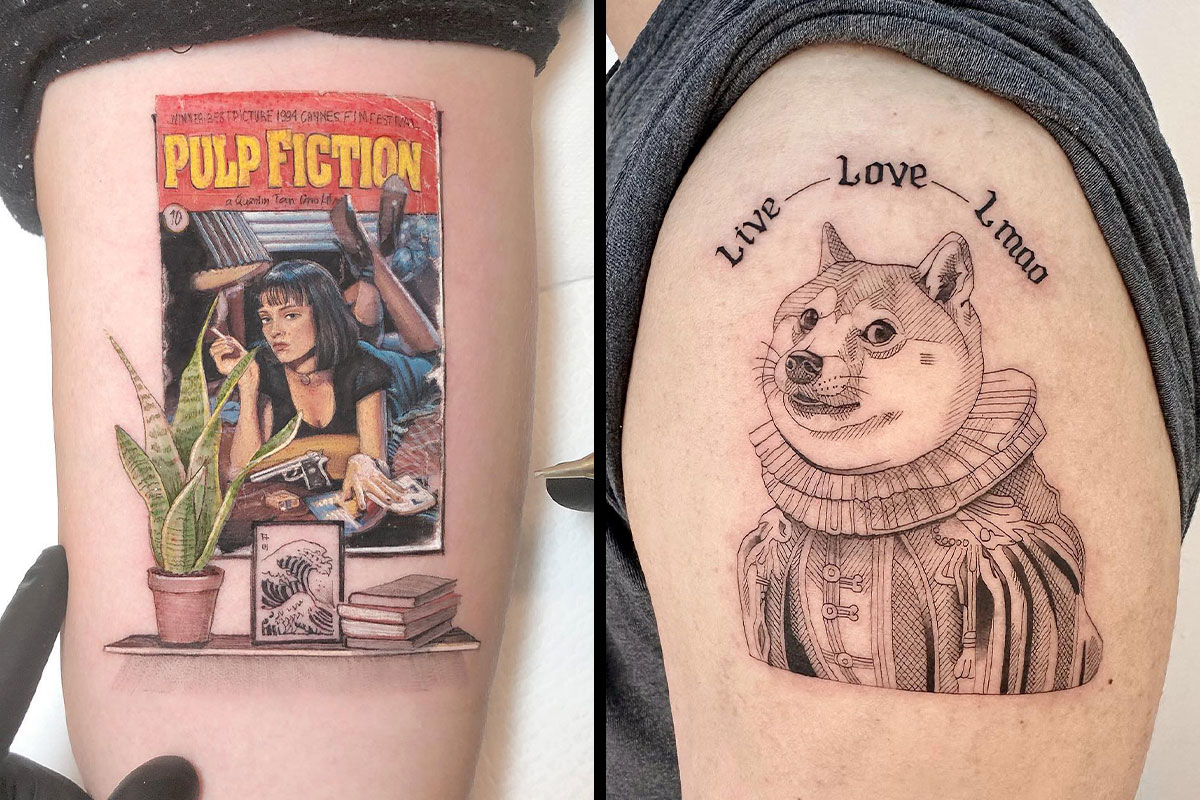Realize Everyone Ain’t Loyal: Tattoo Stencil Guide Explained
– The article discusses the concept of loyalty and its rarity in society.
– It mentions the expression of betrayal and disloyalty through tattoos.
– It showcases two examples of “Realize Everyone Ain’t Loyal” tattoos.
– The first tattoo is on the back side of the arm with bigger first letters.
– The second tattoo is colorful with bigger and bolder first letters.
– Getting a visible tattoo can promote confidence and courage.
– The article includes links to temporary tattoo options.
– The tattoo signifies anger or betrayal in love, often chosen by cheated-on women.
– Different designs of the tattoo are highlighted on the chest, back, and back forearm.
– Various tattoo designs related to loyalty are discussed, including one with fire shading and one with an inspirational quote and an angel healing a broken heart.
– Placement of tattoos on the legs and under the collarbone are mentioned for self-expression.
– The tattoo is inked in black and often includes an orangish fire in the background.
– The inner arm is noted as a painful and delicate body part for tattoos.
– The tattoo is suitable for both genders and can warn against deception.
– Other loyalty and money sign tattoo ideas are briefly mentioned.
